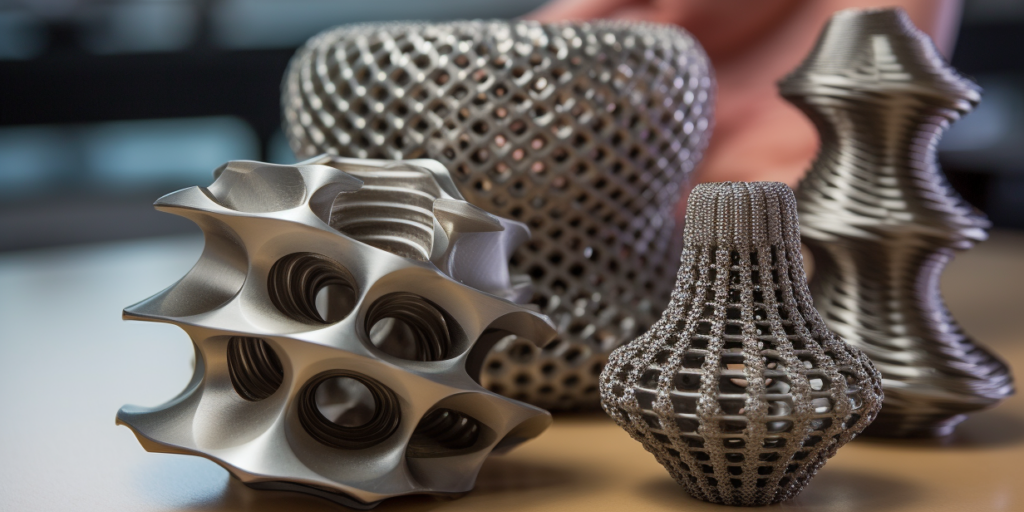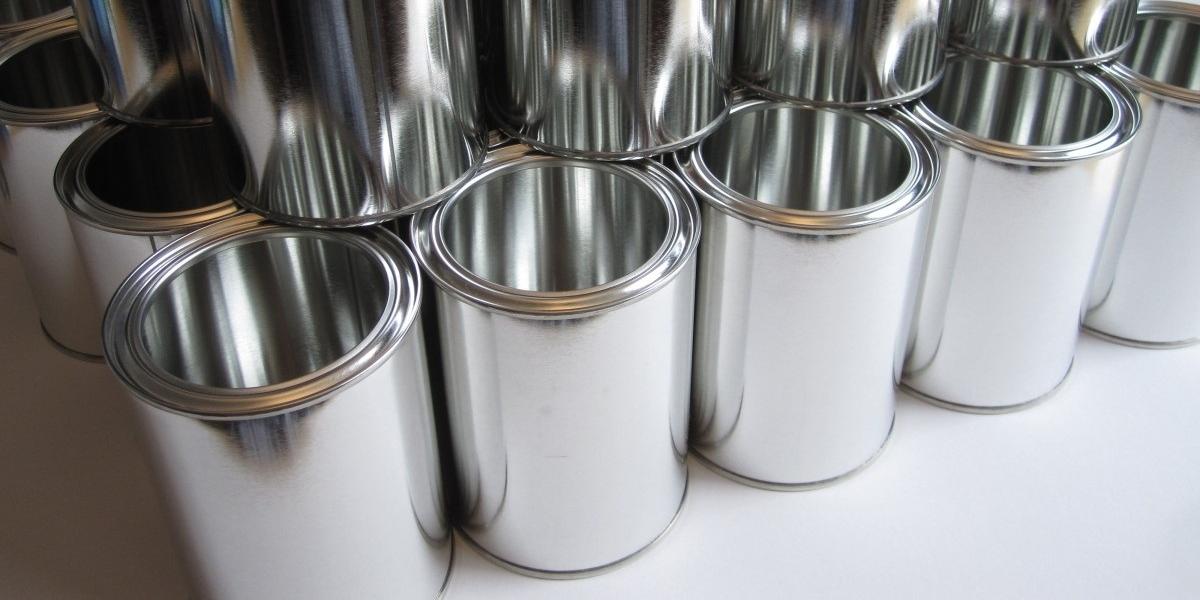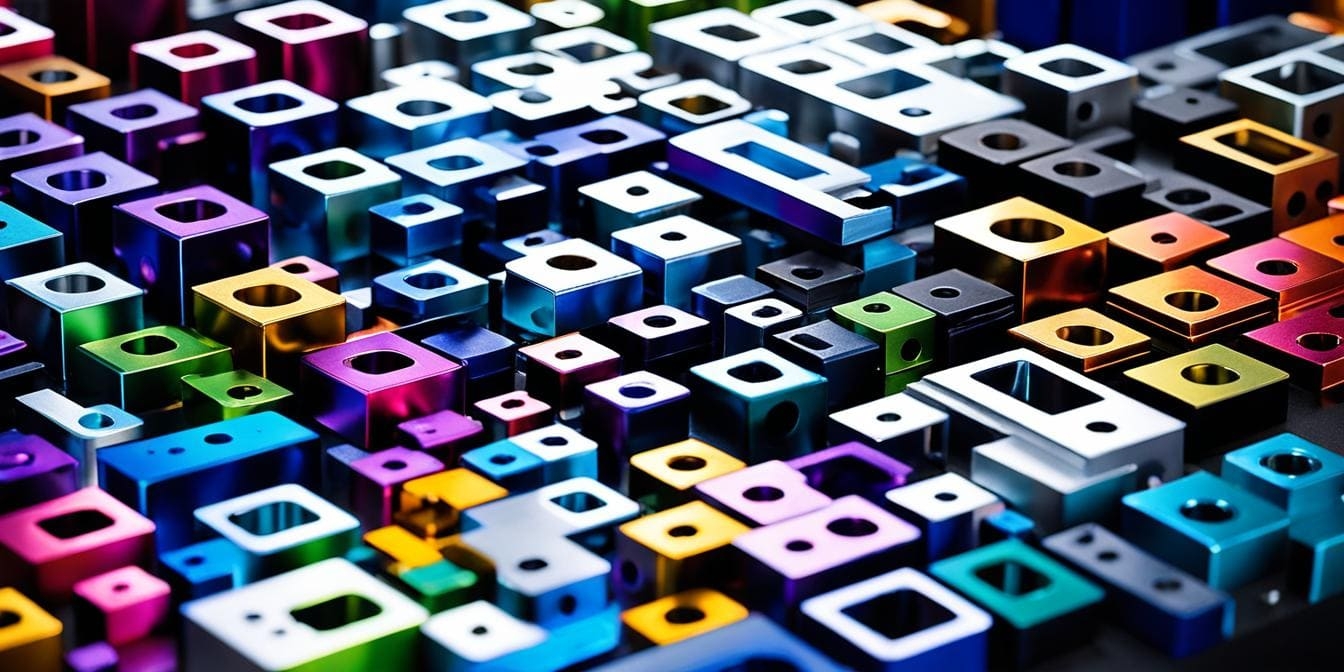What is 303 Stainless Steel?
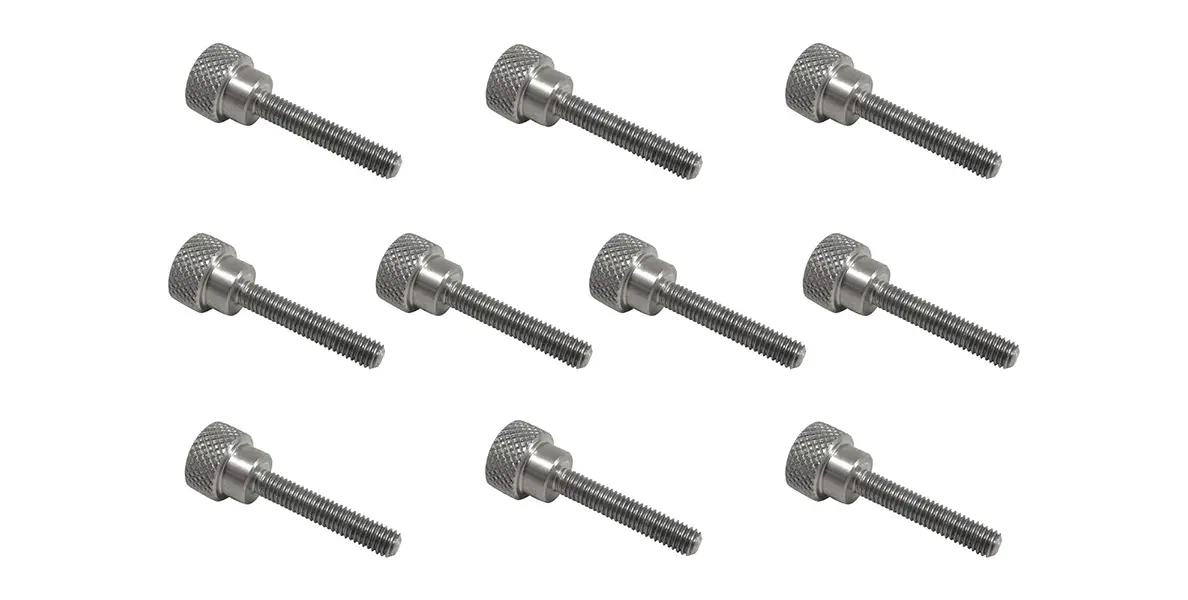
Some of the most well-known varieties of free-machining stainless steel are 303 and type 409. It is easy to work with and will not rust. In this scenario, austenitic stainless steel is precisely what it sounds like. It is composed of chromium and nickel. Steel 303 is easier to cut and shape than other varieties due to its higher sulfur content. Despite this improvement, it remains slightly less rust-resistant than types 304 and 316.
Because it is simple to work with and offers advantages in CNC machining, 303 is frequently used in businesses that require a large number of items to be manufactured fast and precisely. Steel 303 is commonly used to manufacture gears, nuts, bolts, and rods. If rust resistance is extremely important, this may not be the best option. However, it is ideal for many corporate and industrial applications where ease of cutting is more vital than rust resistance. Many vehicle and aviation parts are manufactured of 303 stainless steel because it is easy to work with and produces exact results.
What are the Key Features of 303 Stainless Steel?
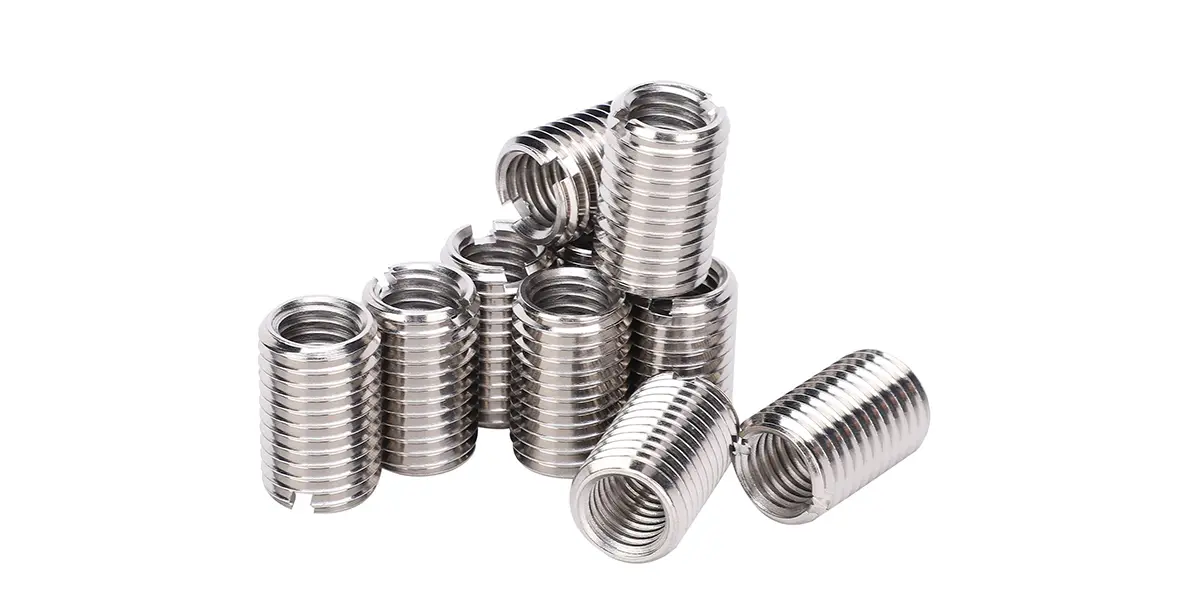
Steel 303, an austenitic metal, is one of a kind. It’s different because it has sulfur and selenium added to it, which makes it much better at breaking up chips when rolling. You can cut faster, keep your tools in better shape, and get better surface finishing with this type of stainless steel than with other types. Steel 303 has a unique blue-gray color that comes from the sulfur in it.
Steel 303 is also interesting because it is not magnetic. This means it can be used in places where magnetic interference is not wanted, like in electrical parts and tools. 303 stainless steel is also tough and bendable, which makes it simple to shape and build with.
Heat and Corrosion Resistance
303 stainless steel doesn’t keep rust away as well as 304 or 316, but it works fine in places where rust isn’t a big problem. It doesn’t rust at temperatures of up to 760°C (1400°F) or up to 870°C (1600°F) for a long time sitting in these temperatures. Between 425°C and 460°C (800°F and 1600°F), though, it’s not a good idea to use it for a long time because carbide can form and make the scaling uneven.
Machinability and Fabrication
One of the best things about 303 stainless steel is how easy it is to work with. It is free to machine and easy to drill, mill, and turn when sulfur and selenium are added. Compared to other kinds of stainless steel, this one speeds up output and lowers the cost of cutting it. It is more likely to char and rust, though, because it has sulfur in it. This is especially true in chloride-filled places above 60°C (140°F).
When you are making things, 303 stainless steel is hard to work with when it is cold, and you shouldn’t bend it too tightly. Forging and other forms of hot working should only be done after the metal has been properly heated to 1149-1260°C (2100-2300°F) and then quickly cooled. This will protect it from corrosion the best. If you heat the metal to 1010–1120°C (1850–2050°F), you can’t harden it. But if you quickly cool it, you can solution treat or anneal it.
Welding Considerations
One big problem with 303 stainless steel is that it is hard to weld because it has sulfur in it. Steel types 308L or 309 should be used for filler bars or electrodes when you need to weld. When the welding is done, the joints should be heated to make them less likely to rust.
What are the Benefits of Using 303 Stainless Steel in Machining?
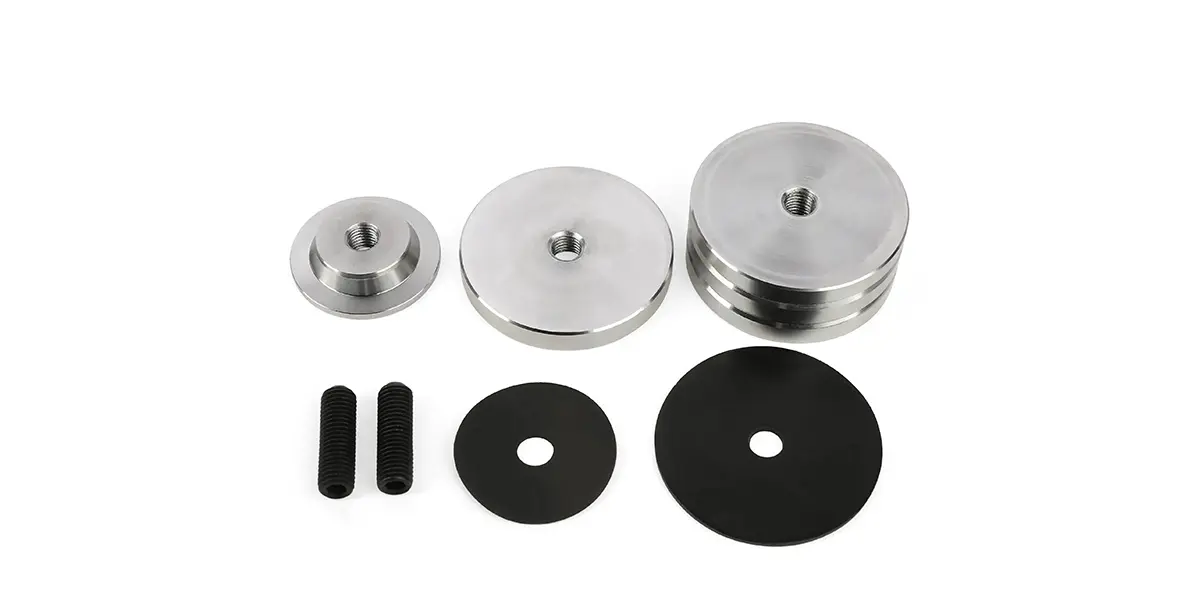
If you want to do exact engineering, cutting with 303 stainless steel is a great idea because it has so many good qualities. It’s really great how easy it is to use. Adding selenium and sulfur to grinding material makes it easier to break chips. This speeds up the cutting process and lowers the chance of the tools wearing out. This trait is helpful when there is a lot of work to do and speed and efficiency are very important. Manufacturers like to use 303 stainless steel to improve their manufacturing processes because it can be made at speeds of up to 40 surface meters per minute.
303 stainless steel is also great because it doesn’t rust or get stiff. When there are moving parts, these traits are very important because they keep the parts from breaking down from rubbing against each other. This makes the goods last longer and work better when they are used normally. 303 stainless steel is often used to make screws, gears, and other parts that need to be made very precisely and last a long time.
Due to its strength and resistance to rust, 303 stainless steel can be used in a wide range of environments that are generally mild. In many industry settings, this grade of stainless steel works well. However, grades 304 and 316 may be better at keeping things from rusting than this one. Because it can be used for so many things, 303 stainless steel doesn’t have any performance issues in the electrical, automotive, or aerospace fields.
What Applications Benefit from 303 Stainless Steel?
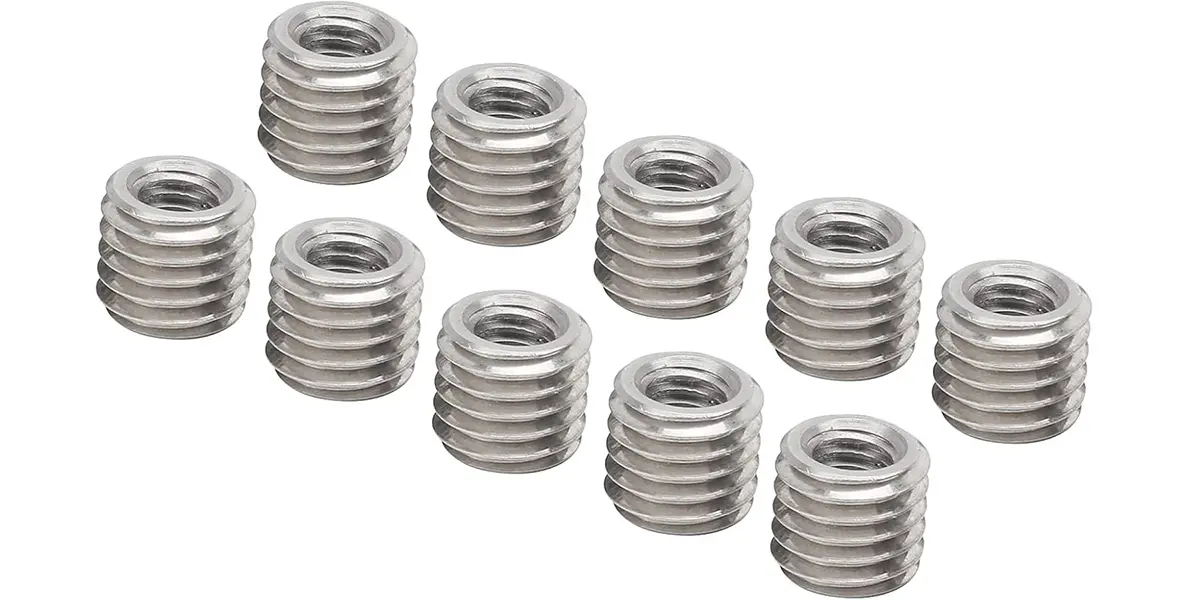
This type of steel is used when it needs to be easy to work with and not rust. It is used in electronics, airplanes, and cars because it is accurate and lasts a long time. 303 is used for screws, nuts, and bolts because it cuts quickly. This makes it famous for making a lot of them. These parts won’t rust and will last in chemical and water conditions.
303 stainless steel is used to make bolts, mechanical shafts, and gears. The material is strong and doesn’t rust, so it’s great for long-lasting uses that are easy to make. 303 is used for conveyor systems, mixing machines, and other tools that need to be clean and last a long time in food preparation.
Steel 303 is not magnetic after it has been annealed, which makes it perfect for electrical links and connections. When magnetic interference needs to be kept to a minimum, this trait is very important. Because it can be made, it’s perfect for making precise electrical parts. 303 stainless steel is useful for both large-scale production and one-of-a-kind work because it is used in many fields.
What Should You Consider When Choosing 303 Stainless Steel for Your Projects?
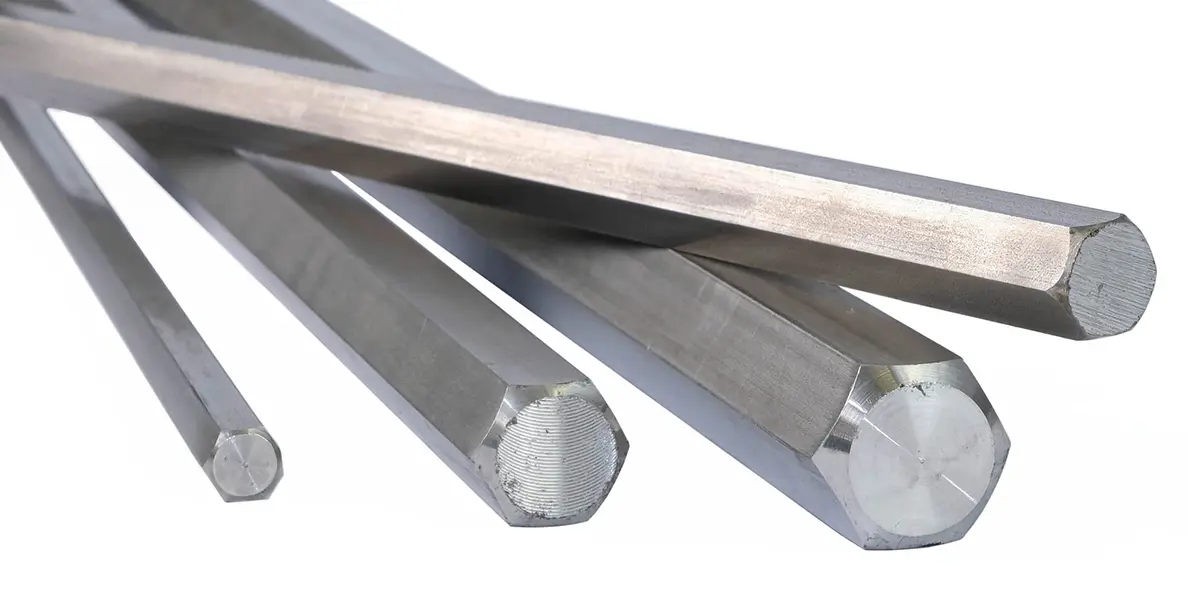
Steel 303 is used when it doesn’t need to rust and is easy to work with. It is used a lot in industries that need accuracy and durability, like electronics, aerospace, and cars. 303 is used for screws, nuts, and bolts because it cuts quickly. This makes it famous for making a lot of them. Chemicals and water don’t hurt these parts because they don’t rust.
303 stainless steel is used to make bolts, mechanical shafts, and gears. The material is strong and doesn’t rust, so it’s great for long-lasting uses that are easy to make. 303 is used for conveyor systems, mixing machines, and other tools that need to be clean and last a long time in food preparation.
Steel 303 is not magnetic after it has been annealed, which makes it perfect for electrical links and connections. When magnetic interference needs to be kept to a minimum, this trait is very important. Because it can be made, it’s perfect for making precise electrical parts. 303 stainless steel is useful for both large-scale production and one-of-a-kind work because it is used in many fields.
Conclusion: Why Choose 303 Stainless Steel for Precision Machining?
303 stainless steel is great for precise cutting because it can be used in many ways and is easy to work with. This kind of stainless steel is used by manufacturers when they need to make a lot of high-quality pieces quickly because it is easy to machine. Adding sulfur to 303 stainless steel makes it easier to break up chips and lowers tool wear. This makes cuts that are cleaner and faster. In competitive manufacturing, shorter wait times and lower production costs are very important.
303 stainless steel is great for everything from car parts to difficult computer parts because it is strong enough and doesn’t rust. Because it doesn’t gallop or stop, it’s perfect for moving parts because it makes them last longer and work better. It’s possible that 304 or 316 is more resistant to corrosion, but this grade works well in mild settings for many industrial uses.
Overall, picking 303 stainless steel was a smart move that put cost and speed first without lowering quality. Because of how it is made, it can have very tight tolerances and great surface finishes, which makes it perfect for precision cutting. Even as businesses change, 303 stainless steel will still be in demand. In precise engineering, it will become more important.
Learn the Carbon Steel: https://xmake.com/carbon-steel-properties-types-uses/
Learn more materials: https://xmake.com/material-selection/
FAQs
1. What is the primary composition of 303 stainless steel?
303 stainless steel is primarily composed of 17-19% chromium, 8-10% nickel, and a maximum of 0.15% carbon. Notably, it contains sulfur (0.15% minimum) which enhances its machinability but slightly reduces its corrosion resistance compared to other grades like 304.
2. How does the machinability of 303 stainless steel compare to other grades?
303 stainless steel is recognized as the most readily machinable austenitic stainless steel. The addition of sulfur and selenium allows for improved chip-breaking during machining, leading to faster processing times and reduced tool wear compared to grades like 304.
3. How does 303 stainless steel perform in high-temperature applications?
While 303 stainless steel can withstand intermittent exposure to high temperatures (up to 870°C), it is not recommended for continuous use at these temperatures due to the potential for carbide precipitation, which can compromise its structural integrity.
4. What are the challenges associated with machining 303 stainless steel?
Despite its excellent machinability, 303 stainless steel can work harden if not machined properly. To prevent this, it is crucial to maintain sharp cutting tools and use appropriate feeds and speeds during machining operations.
5. What forms does 303 stainless steel come in?
303 stainless steel is available in various forms, including round bars, hex bars, square bars, and flat bars. This versatility allows it to be used in a wide range of applications, from precision components to structural parts.
Reference
[1] https://www.pennstainless.com/resources/product-information/stainless-grades/300-series/303-stainless-steel/
[2] https://www.pentaprecision.co.uk/material-resources/stainless-steel-resources/303-machining
[3] https://www.azom.com/article.aspx?ArticleID=2866
[4] https://cncpartsxtj.com/cnc-materials/303-and-304-stainless-steel/
[5] https://www.stgmachine.com/303-stainless-steel-properties-applications-and-machining/
[6] https://www.thyssenkrupp-materials.co.uk/stainless-steel-303-14305.html


